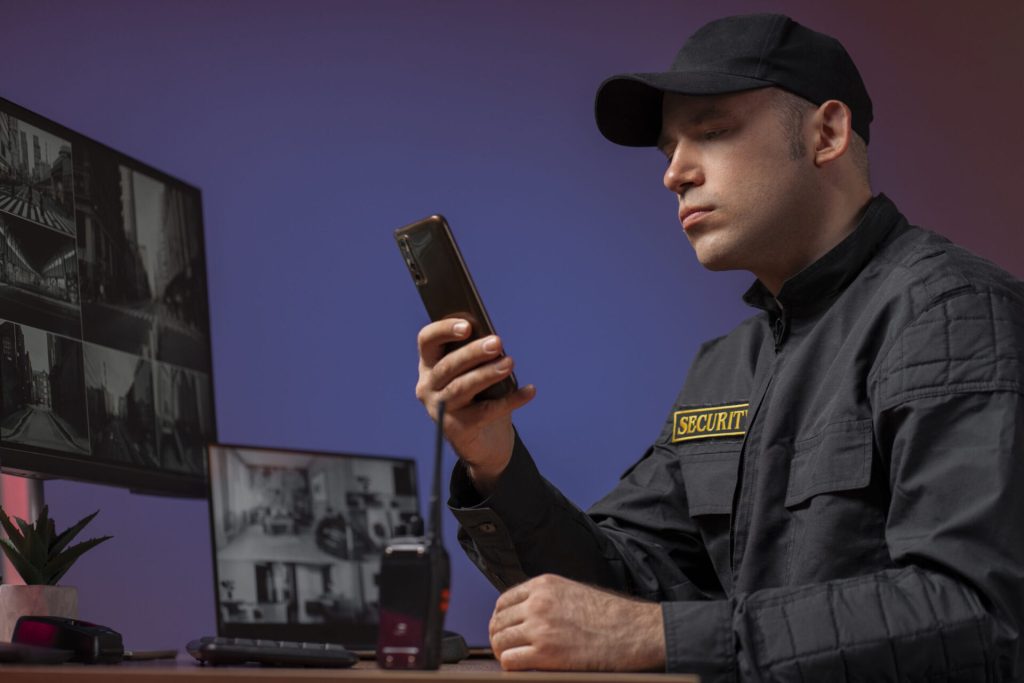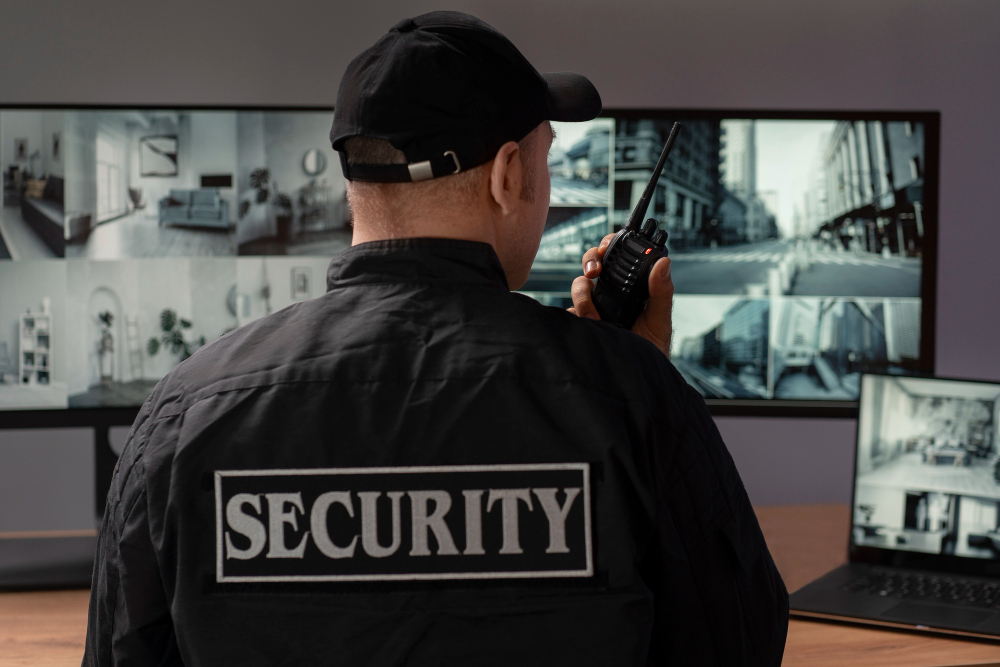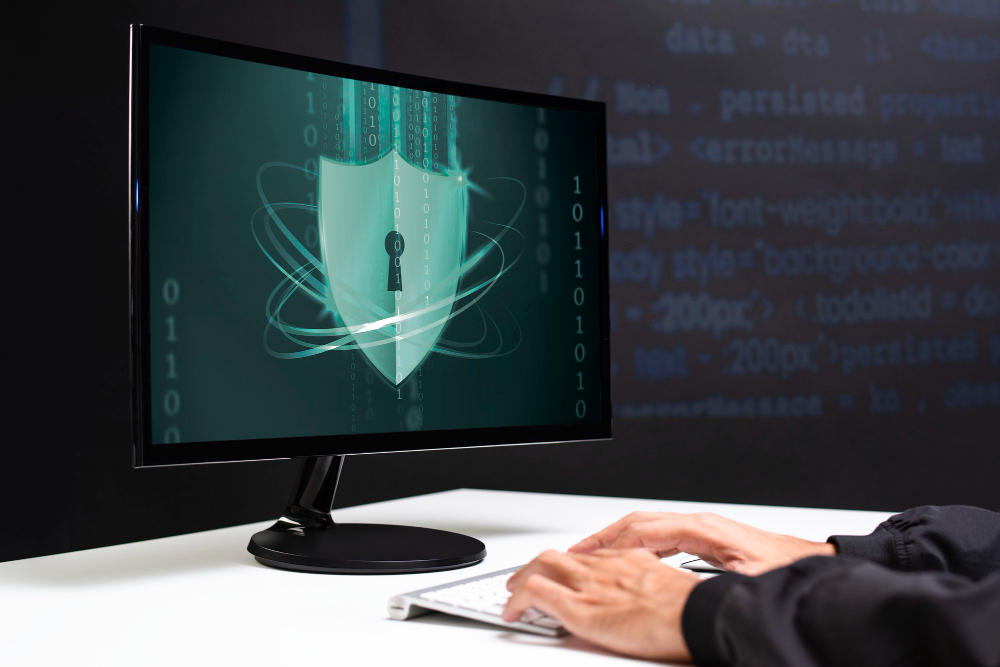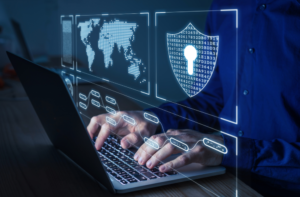The Role of Security Personnel in Smart Access Control Systems

Introduction
As businesses adopt smart access control systems, the role of security personnel is evolving—not disappearing. While biometric scanners and AI-driven surveillance enhance efficiency, human oversight remains crucial for risk assessment and emergency response.
Best Practices for Maximising Security Efficiency
To optimise smart access systems:
- Combine technology with manned guarding services for comprehensive protection
- Upskill guards in smart system operation (biometric scanners, AI monitoring)
- Use AI for repetitive tasks, freeing guards for critical decision-making
- Conduct regular cyber-physical security drills
- Maintain redundant manual systems for backup
The Shift from Traditional to Smart Access Control
Modern systems now feature:
- Biometric authentication (facial/fingerprint recognition)
- Mobile access (smartphone credentials)
- AI-powered anomaly detection
- Cloud-based remote management
Yet technology cannot:
- Interpret complex threats like social engineering
- Exercise judgement in ambiguous situations
- Provide physical deterrence against intrusions
Key Responsibilities in Smart Systems
1. Monitoring & Verifying Automated Alerts
Guards must:
- Investigate AI-generated alerts
- Distinguish real threats from false positives
- Initiate lockdowns when necessary
2. Managing Exceptions & Overrides
For system failures:
- Issue temporary credentials
- Escort unauthorised individuals
- Maintain override logs
3. Policy Enforcement

Critical human roles:
- Preventing tailgating/piggybacking
- Ensuring badge compliance
- Thwarting social engineering
4. Emergency Response

During crises:
- Activate panic protocols
- Guide evacuations
- Liaise with law enforcement
Integration Challenges
 Key hurdles include:
Key hurdles include:
- Training gaps in new technologies
- Over-reliance on automation
- Cybersecurity vulnerabilities
Conclusion
Smart systems enhance but don’t replace manned guarding services. The optimal approach integrates advanced technology with skilled security personnel, leveraging the strengths of both for robust protection.
Key Takeaways:
- Manned guarding remains essential in smart security ecosystems
- Proper training maximises technology effectiveness
- Hybrid systems deliver superior security outcomes




